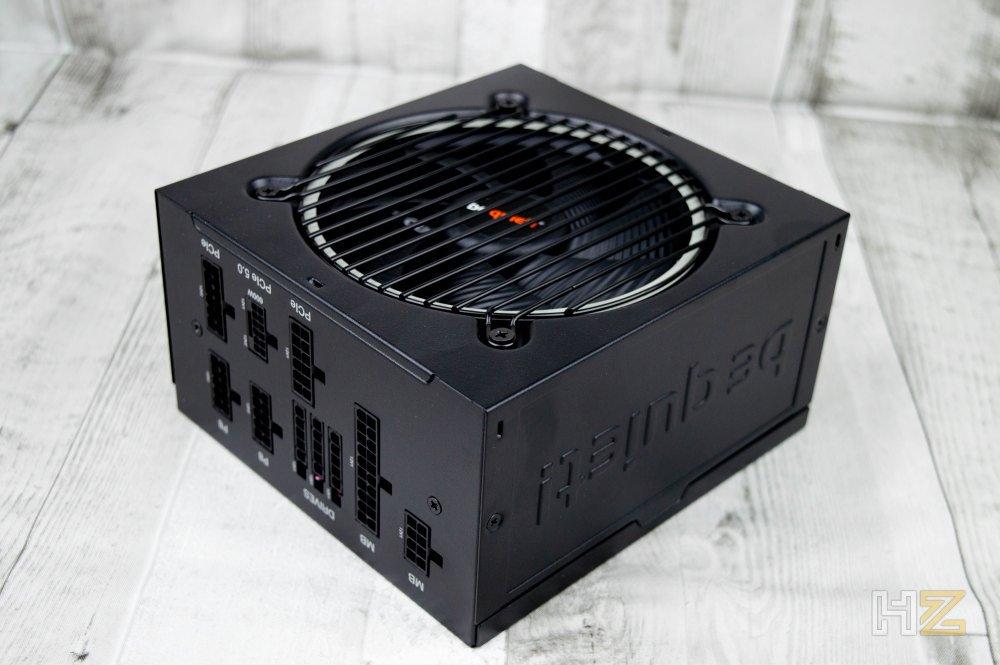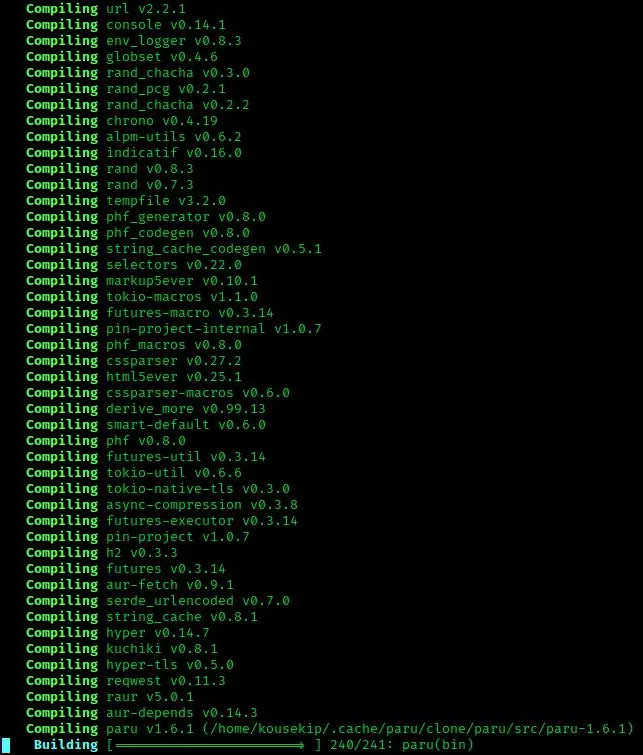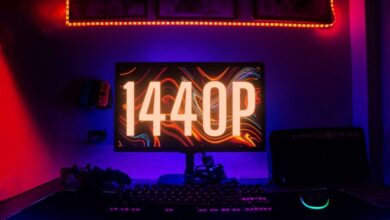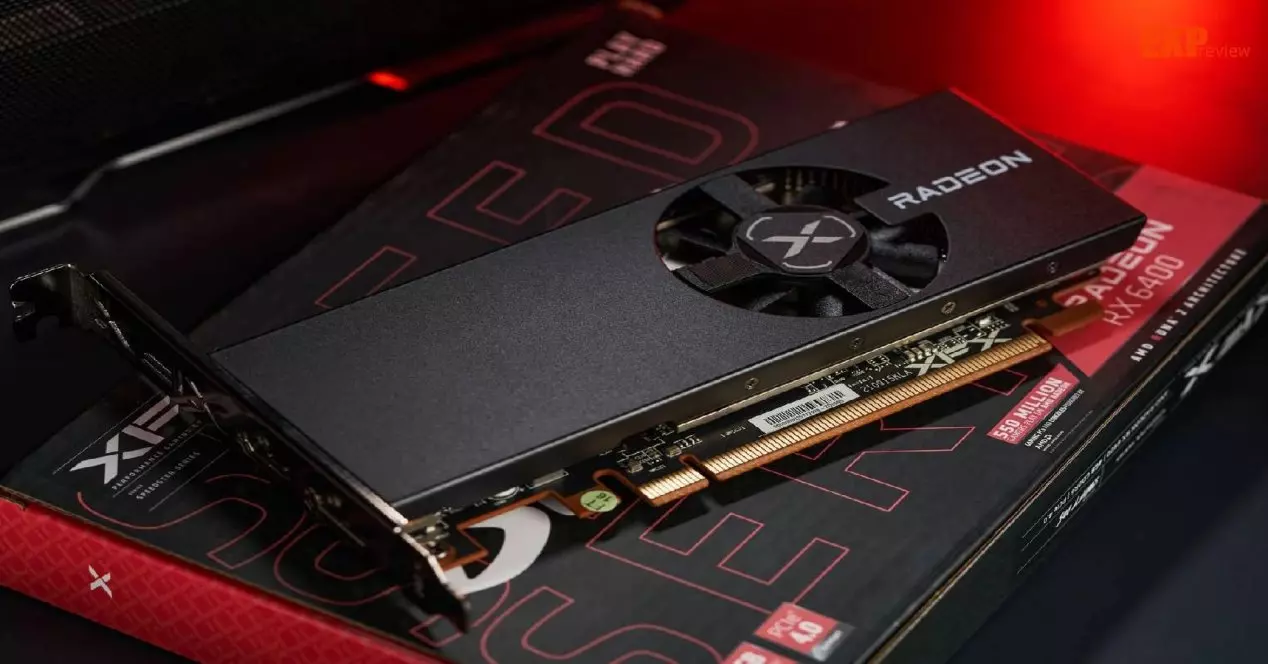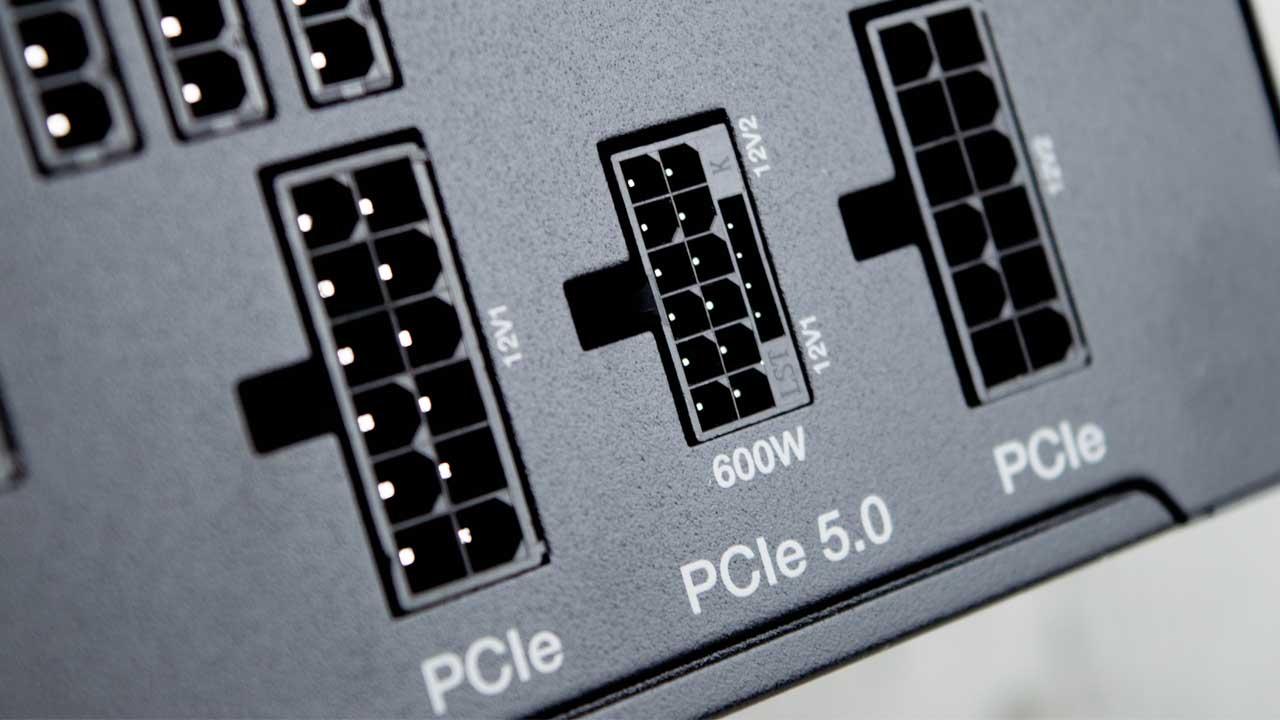
The PCIe 5 standard defines the limit of consumption peaks to THREE times the average consumption of the GPU in an interval of 100 milliseconds, and also defines the 12VHPWR connector to deliver all that power. What does this mean? That the power supply must not only have this 12VHPWR connector to give up to 600W of power, but must also be able to withstand these triggered consumption peaks.
The problem is that ATX 2.4 power supplies, which are the last ones before the new standard, do not have a defined maximum power peak; therefore, when the graph demands said power, the source may or may not be able to supply it (this will depend on the source), and may generate an overload fault, trigger the protection measures of the source and, ultimately, the PC shuts down.
For this reason, Intel defined the specifications of the new ATX 3.0 standard for power supplies, the only way to guarantee that they can meet the consumption demands of the new generation of graphics cards, and those that are to come (remember that the The PCIe 5.0 standard is already upon us, and it won’t be long before graphics cards take advantage of it.)
With this standard, for the first time the target values are defined above the nominal power of the power supply (remember that PCIe 5.0 connections must allow load changes of up to three times the power consumption, although for short periods of time ); In other words, just one ATX 3.0 power supply ensures that the consumer demands of modern graphics cards can be met.
The 12VHPWR connector and ATX 2.x sources
We’ve already mentioned that just because a power supply has the 12VHPWR connector doesn’t mean it supports ATX 3.0 requirements, and in fact you already know that NVIDIA RTX 40 Series graphics cards include adapters to be able to be used with 6+ PCIe connectors. 2-pin standard (some manufacturers have even launched cables with this connector on the market but use standard PCIe connectors), adapters that have already caused problems due to overloading, because they burn out if they bend too much, among others.
Logically, when you have spent a considerable amount of money on a next-generation graphics card, the last thing you want is for the power supply to cause you to black out due to overload, also running the risk of even fire in the most extreme cases. Once again, only ATX 3.0 sources give you the guarantee that the graphics card will receive the appropriate power when it needs it. In addition, the ATX 3.0 standard defines that the source must have at least one 12VHPWR connector if the source has at least 450 watts of power.
Surely you already know that these 12VHPWR connectors have a total of 16 pins, but they are pins that differ greatly from the PCIe connectors we had until now; 6 of the pins are the ones that supply power, while the other 6 are ground. The remaining four pins, which are smaller and parallel to the other 12, are control pins that allow point-to-point communication between the graphics card and the power supply, so it’s the graphics card that “requests” it. » to source the energy you need at all times.
Logically, in a source that is not ATX 3.0 these pins are useless, there is no communication between the source and the graphics card and the source is forced to supply power blindly.
Ok, but which ATX 3.0 source should I choose?
Many power supply manufacturers are already launching their first models compatible with the new standard, but if we had to choose and recommend a brand, that would be it. be quiet!who in fact are among the pioneers in this area and are already incorporating it into all the font families they have on the market.
Without going any further, today they launch the new Pure Power 12M of 1200W of power, power supplies that we were already able to test in their previous models (the 850W one specifically) and that we loved for their stability and the myriad of features they integrate, including an ultra-quiet fan, 100% modular wiring including the 12VHPWRand above all a stability capable of supporting the load of the most top-of-the-range PC on the market without breaking a sweat.
These power supplies comply with the standard ATX 3.0 and they incorporate a PCIe 5 connector capable of supplying up to 600W of power to the graphics card (remember that the maximum load of this connector does not always have to be 600W, it depends on the power and goes in steps of 150, 300, 450 and 600W, so keep that in mind before deciding on one power supply model or another).
Thus, the Pure Power 12M range from be quiet! now has models of 550, 650, 750, 850, 1000 and up to 1200 watts, all of them 100% modular, with efficiency certification 80 Plus Goldnothing less than 10 years of guarantee and, of course, with ATX 3.0.
be quiet! Pure Power 12M is the source that we recommend
We have already told you: we have tried it and we have loved it in every way. But not everything is a matter of its certificate of efficiency, its modular connectors or that it has all the protections, it is that this family of sources has internal engineering that makes them unique in their kind.
This source family has a topology called LLC + SR + DC/DC; If you are an amateur or understand electronics, the name will already have given you a lot of information: LLC (the L is the electrical symbol for coils and C for capacitors) is a circuit consisting of two induction coils (L1 and L2) and a capacitor, and is responsible for making the voltage variations smoother, guaranteeing that the sine wave that reaches the transformer (that is, before transforming the alternating current into direct current) is perfect from the beginning, making it the transformer has to work less, producing less heat and improving efficiency.
Then, SR means synchronous rectifier (Synchronous Rectifier), which consists of between 8 and 4 MOSFETs depending on the power of the model. This is another rectifier but in this case for the main voltage of +12V (which is the one used by the graph), and is responsible for always being between the defined values. Finally, the DC/DC voltage converter comes into play, which generates the rest of the voltages (+5V and +3.3V) from the main +12V.
Thanks to this topology, the be quiet! Pure Power 12M not only have better efficiency, but they are able to guarantee more stable power delivery and meet the requirements of modern graphics cards, which is why they are the first ATX 3.0 power supplies that we can recommend to you. TRUE.



